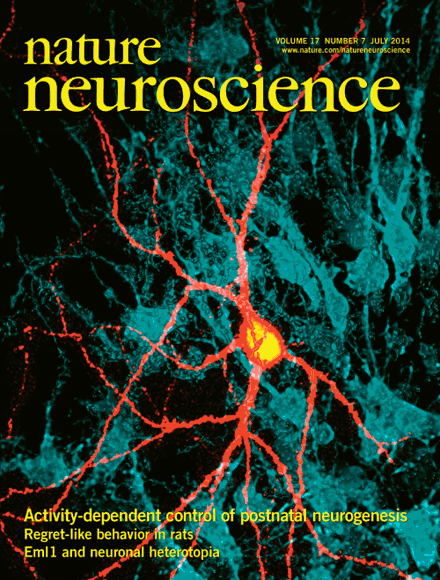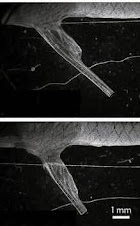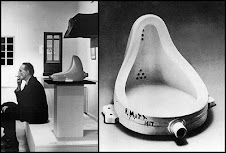NEWS OF THE WEEK
Portraits and Their Parasites
Daguerreotypes may seem frozen in time, but their surfaces are living landscapes. Popular in the mid-19th century, daguerreotypes were a precursor to photography created by layering silver on a copper plate and exposing it to light and various chemicals, often including gold. Many have become fuzzy or faded with time, and now researchers have discovered one reason why: Their surfaces are teeming with life. Fungi and various unidentified life forms eat and digest the metals, then excrete gold and silver nanoparticles that disfigure the image. The good news is that the precise mixture of life forms on an unidentified daguerreotype may offer clues to where it was made. And the parasites may even suggest new ways to manufacture nanoparticles through biological processes. http://scim.ag/daguerr
Science 21 February 2014: Vol. 343 no. 6173 p. 824 DOI: 10.1126/science.343.6173.824















































































